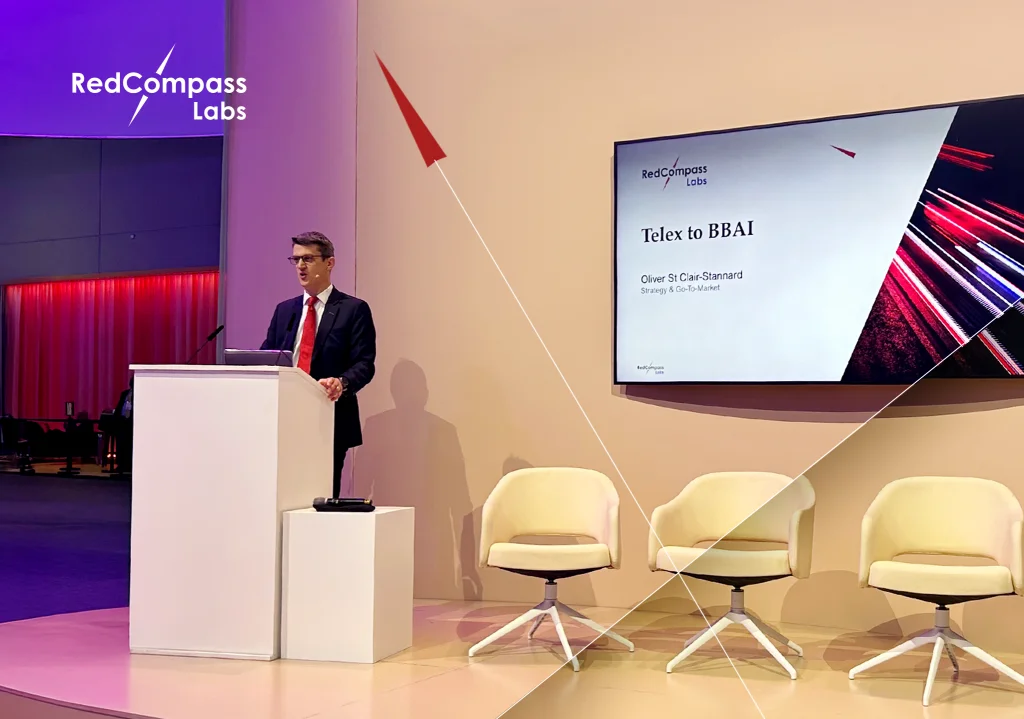Instant payments are a chicken and egg problem in the US. Banks are waiting for demand to pick up before implementing instant payments at scale. But consumers and businesses – those driving demand – want to see how the payment method works before using it.
On the bank side, adoption is growing: more than 570 (of 4,500+) US banks are signed up to the Real-time Payments Network (RTP) and around 700 are for FedNow. However, less than 1% are signed up for both.
This may be a far cry from PIX in Brazil, which was introduced in 2020 and already has near ubiquitous reach (PIX processed around 36 billion transactions in 2023). Yet, in Q1 of this year alone, the US RTP rails saw 14 ‘one-million transaction days’, compared to just 3 such days throughout 2023. Ubiquity is coming.
Knowing when to modernize your payments infrastructure is tricky, like trying to jump on a moving train. You want to see the train is near before making your move but leave it too late, and the moment will pass you by.
Banking is a notoriously tricky balancing act. It looks elegant and straightforward when all is going well, but it often only takes a wobble or bump in the road to take someone out. So banks are mostly cautious. For every JP Morgan or Umpaqua Bank reaching for tomorrow ahead of the crowd to gather unclaimed territory and profit, 1,000 banks are waiting, watching, hoping not to miss out, but not ready to lead.
Yet, all the time, pressure builds on all sides. Zelle promises the bank’s client instant payments without giving the bank instant settlement. Gen Z wonders why they need banks, the generation with the highest wages (in real terms) of any generation so far; The generation who use pre-paid wallets and instant Peer-to-Peer and Peer-to-Merchant services, allowing Visa to slide into the payment flow with Visa Plus, linking these pseudo-bank accounts to their rails.
All this, while their parents rely less and less on banks for deposits and returns, as Asset Managers like State Street and Blackstone offer investment services and financial service supermarkets with deposits and payments linked to their monster funds under management.
And as for Generation Alpha. Already 14. They will be at college by the time the banks that have not yet started with instant payments are up to speed. Will they recognize the inside of a bank? Will it matter? Not if banks have truly integrated into the world of embedded payments.
The banks that understand how to link instant payments to providers of instant, frictionless, interoperable payments will continue to be relevant and profitable. Those who do not will begin the long tail of today’s industry. Consolidation accelerates. The future of payments will be led by those who are relevant for today’s middle classes defecting to asset managers, for Gen-Z as their income matures into requiring the usual fare of banking services, and Gen-Alpha, who will be Embedded Finance natives in less time than it takes to perform a payments modernization program.
So, with pressure on deposits, pressure from new quarters, and generational change pressure, does anyone really think not preparing for tomorrow is the right course of action?
Banks often say, ‘My clients aren’t asking for it.’ I doubt Nokia’s clients asked for smartphones before the iPhone swept them away. Those same clients who did not ask took up the smartphone and moved on.
The rate of change in payments has never been this fast and will never be this slow again. The rate of change in society and financial services is no different. Banks can be ready for the onslaught or cede the ground to those who are.
So what can banks do?
Well, they can invest in tomorrow today or rue the delay tomorrow.
Where can they start?
Merchants no longer need to pay fees to card networks. The benefit is clear. However, with corporates, the case will need to be made
But if banks wait for the corporates to make the case, other banks will take their business when the first movers move. Through instant payments and an employee app, Walmart allows 50% of paychecks to be paid upfront against accrued daily work. How soon will that become standard in retail and across hourly wage workers? As a retailer, if your bank can’t supply that service, will you wait while your employees move? No, you will move bank and roll out your program.
As branches close, banks consolidate, technology becomes more API-driven, and all types of customers become more mobile, you must signpost tomorrow’s services before the clients know they want them. Because once they do, they will want them ‘now.’
How can banks tap corporate demand?
If your customers (consumer and corporate) are to use instant payments, your user experience must be seamless, frictionless, and embedded within the customer journey. Your offer must be easy to use to give you a better chance of growing their instant payments revenues, competing against and working with the FinTechs.
Look to your corporate customers to try and understand what they are interested in. Moving money faster at a reasonable cost – which is not available today – benefits everyone. Talk to them, find out what would be helpful, and work to deliver it for them.
At RedCompass Labs, we’ve helped some of the world’s largest financial institutions modernize their payment infrastructure to meet the demands of tomorrow’s world. We help banks like yours make sense of the complexity and deliver instant payments for your customers. Get in touch to learn how we can help you.
Share this post
Written by

Tom Hewson
CEO
Resources






